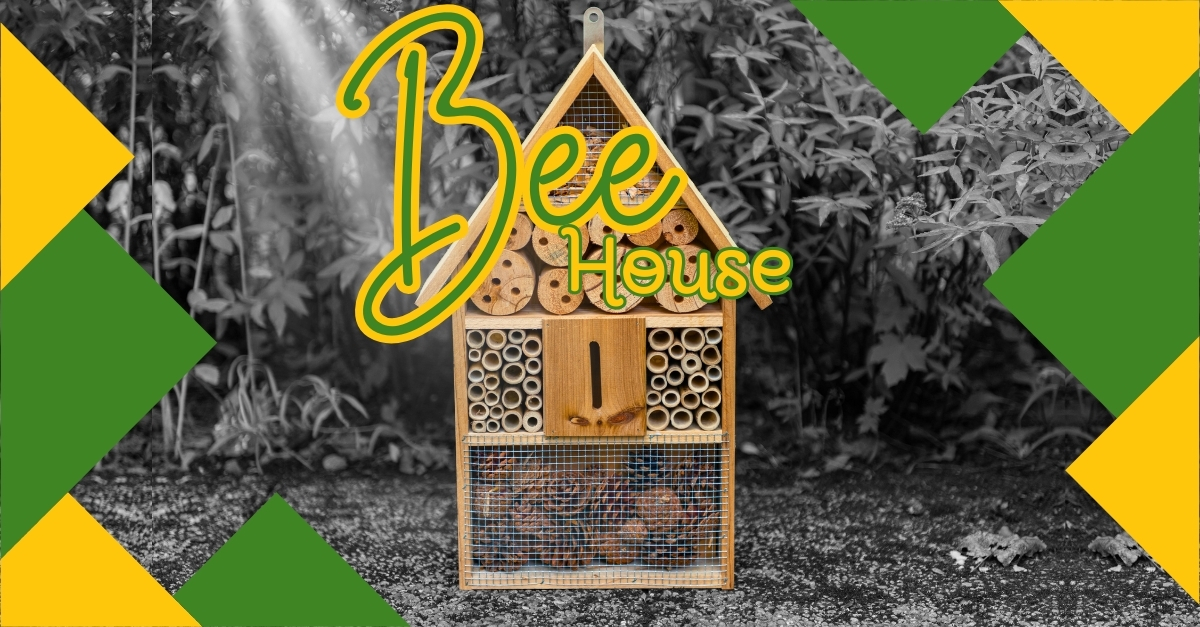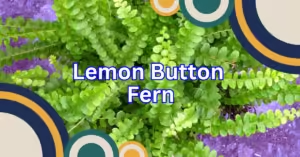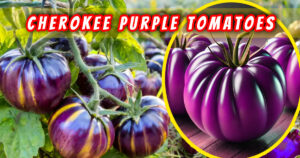As pollinators continue to face threats from habitat loss, pesticides, and climate change, creating a welcoming environment for bees is more important than ever. One simple yet effective way to support local bee populations is by adding a bee house to your garden. But what exactly is a bee house (Pollinator Shelter), and how does it benefit your garden and the environment? In this detailed guide, we’ll cover everything you need to know about bee houses—from their purpose and benefits to tips on choosing, building, and maintaining them.
1. What is a Bee House? Understanding Its Purpose and Benefits
A Pollinator Shelter is a man-made structure designed to provide shelter for solitary bees, such as mason bees, leafcutter bees, and carpenter bees. Unlike honeybees, which live in colonies, solitary bees do not produce honey or build hives. Instead, they seek out small cavities in wood, hollow stems, or other structures to lay their eggs.
Purpose of a Bee House
Bee houses serve as safe nesting sites for solitary bees, providing them with a place to rest, reproduce, and protect their young. These structures mimic the natural nesting sites that bees would typically find in the wild, such as hollow reeds, small holes in dead trees, or crevices in rock formations.
Environmental Benefits of a Bee House
By providing a pollinator shelter, you contribute to the conservation of local bee populations, which play a crucial role in pollinating plants. This, in turn, promotes biodiversity, supports healthy ecosystems, and improves crop yields in gardens and farms.
Types of Bees Attracted to a Bee House
It typically attracts solitary bee species, such as:
- Mason Bees: Known for their exceptional pollination abilities, mason bees are non-aggressive and ideal for gardens.
- Leafcutter Bees: These bees cut small pieces of leaves to construct their nests.
- Carpenter Bees: Though they can sometimes cause damage to wooden structures, they are excellent pollinators.
2. Best Bee House Options for Your Garden: Top Picks in 2024
When it comes to choosing the best bee house for your garden, several factors come into play, including material quality, design, and the type of bees you want to attract. Below are some top-rated options to consider in 2024:
1. Woodlink Wooden Mason
- Material: Natural wood
- Features: Designed specifically for mason bees, this pollinator shelter has multiple chambers with varying hole sizes.
- Pros: Weather-resistant, eco-friendly, and easy to install.
- Cons: May require regular maintenance.
2. Crown Bees Chalet
- Material: Cedar wood
- Features: Offers removable nesting tubes, making it easy to clean and maintain.
- Pros: High-quality materials, durable, and suitable for various solitary bee species.
- Cons: Higher price point compared to basic models.
3. Kibaga Mason
- Material: Bamboo tubes and pine wood
- Features: Compact design with natural bamboo tubes to attract mason and leafcutter bees.
- Pros: Affordable, lightweight, and easy to hang.
- Cons: Less weather-resistant than cedar options.
3. How to Build a Bee House: DIY Tips for a Bee-Friendly Habitat
Building your own bee house can be a rewarding project that allows you to customize the design to suit your garden. Here’s a step-by-step guide to creating a pollinator shelter that will attract and support solitary bees:
Materials Needed:
- Untreated wood blocks (pine, cedar, or fir)
- Bamboo canes or hollow stems (cut to about 6 inches long)
- Drill and drill bits of varying sizes (1/4 inch to 3/8 inch)
- Sandpaper
- Wood glue or nails
Step-by-Step Instructions:
- Prepare the Wooden Block: Cut the wood block to your desired size (around 10 inches high and 6 inches wide is ideal).
- Drill Nesting Holes: Use the drill to create holes of varying diameters (between 1/4 inch and 3/8 inch) and 4-6 inches deep. Space the holes evenly but avoid drilling all the way through.
- Smooth the Edges: Sand the edges of the holes to prevent splinters, which can harm the bees.
- Insert Bamboo Canes: If you prefer, you can fill some of the drilled holes with hollow bamboo canes or stems to create more nesting options.
- Build a Roof: Attach a small roof over the top of the block to protect the pollinator shelter from rain.
- Mount the pollinator shelter: Place your pollinator shelter in a sunny location, facing southeast to catch the morning sun.
Safety Tips:
- Avoid using treated or painted wood, as chemicals can harm the bees.
- Ensure that the bee house is firmly mounted to prevent swaying in the wind.
4. Bee House Placement Tips: Where and How to Set Up Your Bee House
Choosing the right location for your bee house is crucial for attracting and supporting solitary bees. Follow these placement tips for optimal results:
1. Position in a Sunny Spot
Bees are cold-blooded and rely on warmth to stay active. Place your pollinator shelter in a spot that receives plenty of morning sunlight, ideally facing southeast.
2. Provide Weather Protection
Mount the bee house under an overhang or add a small roof to shield it from heavy rain and extreme weather conditions.
3. Height and Stability
Position the pollinator shelter at least 3-6 feet above the ground, securely attached to a post, fence, or wall. This height provides safety from predators and reduces moisture exposure.
4. Close Proximity to Flowers
Place the pollinator shelter near flowering plants, herbs, or a vegetable garden. Bees need a nearby source of pollen and nectar to thrive.
5. Ensure Good Ventilation
Adequate airflow around the pollinator shelter will prevent mold growth and keep the nesting sites dry and healthy.
As you cultivate your stunning yellow daisy garden, discover additional tips and tricks to enhance your floral oasis by visiting this insightful article on bee houses! Check it out here!
5. How to Attract Bees to a Bee House: Proven Strategies for Success
If you’ve set up a bee house but aren’t seeing any visitors, try these strategies to attract bees:
1. Plant Pollinator-Friendly Flowers
Grow a variety of flowers that bloom throughout the year. Ideal plants include lavender, sunflowers, marigolds, and wildflowers.
2. Use Native Plants
Native plants are more likely to attract local bee species. They also require less maintenance and are better suited to the local climate.
3. Avoid Pesticides
Pesticides can deter bees or even harm them. Opt for organic gardening methods to keep your garden bee-friendly.
4. Provide a Water Source
Add a shallow water source, such as a birdbath with pebbles, to give bees a safe place to drink.
5. Maintain Your Bee House
Clean and inspect the bee house regularly to prevent pests, mold, or other issues that may drive bees away.
6. Bee House vs. Beehive: What’s the Difference?
It’s common to confuse a bee house with a beehive, but they serve different purposes and attract different types of bees.
Bee House
- Purpose: Provides shelter for solitary bees.
- Bees Attracted: Mason bees, leafcutter bees, carpenter bees.
- Structure: Small, individual nesting tubes or drilled holes.
- No Honey Production: Solitary bees do not produce honey.
Beehive
- Purpose: Houses colonies of honeybees.
- Bees Attracted: Honeybees.
- Structure: Large, structured hives with combs for storing honey.
- Honey Production: Beehives are designed to support honey production.
7. Maintenance: Keeping Your Bee Habitat Safe and Healthy
Maintaining your bee house is essential to ensure it remains a safe and welcoming environment for bees. Here’s how to care throughout the year:
1. Regular Cleaning
Clean this house in late autumn or early spring when it’s least likely to be occupied. Remove old nesting tubes and replace them with fresh ones.
2. Pest Prevention
Check for signs of pests, such as wasps or mites. Use a fine mesh to prevent larger pests from entering the nesting tubes.
3. Inspect for Mold and Moisture
Ensure that the pollinator shelter is well-ventilated and dry to prevent mold growth, which can harm bee larvae.
4. Replace Damaged Parts
Repair or replace any damaged sections, such as broken bamboo tubes or rotting wood.
8. Why Every Garden Needs a Bee House: Supporting Local Ecosystems
Its play a vital role in supporting local ecosystems by providing habitat and nesting sites for solitary bees. Here’s why every garden should have a bee house:
1. Promotes Pollination
Solitary bees are efficient pollinators, helping plants produce more flowers, fruits, and vegetables.
2. Boosts Biodiversity
Its attracts a variety of bee species, increasing biodiversity in your garden.
3. Environmental Conservation
By offering a safe habitat for bees, you contribute to the conservation of these essential pollinators, whose populations are in decline.
9. FAQs: Common Questions About Bee Houses Answered
1. What is a bee house used for?
It provides a safe nesting site for solitary bees, supporting their reproductive cycle and promoting pollination.
2. Do bee houses attract honeybees?
No, these houses are designed for solitary bees, such as mason and leafcutter bees. Honeybees prefer traditional beehives.
3. Where should I place my bee house?
Place it in a sunny, sheltered spot, ideally 3-6 feet above the ground and near flowering plants.
4. Do I need to clean my bee house?
Yes, regular cleaning is necessary to prevent pests and maintain a healthy environment.
5. What materials are best for a bee house?
Use untreated wood, bamboo, or hollow stems for natural nesting materials.
6. When will bees use the bee house?
Solitary bees typically use this houses during the spring and summer months for nesting.
7. Can I make my own bee house?
Yes, building a bee house is a simple DIY project that requires basic materials and tools.
8. What kind of bees use a bee house?
Mason bees, leafcutter bees, and carpenter bees are the most common visitors.
9. How long do solitary bees live?
Most solitary bees live for about 4-6 weeks during the active season.
10. Are bee houses safe for children and pets?
Yes, solitary bees are non-aggressive and do not pose a threat to children or pets.
Conclusion: Building a Better Environment with a Bee House
Adding a bee house to your garden is a small but impactful way to support local bee populations and promote a healthier ecosystem. Whether you choose to buy a pre-made bee house or build your own, these structures provide a safe haven for solitary bees, helping to ensure their survival and the continued health of our gardens and crops. With the right placement, maintenance, and a few pollinator-friendly plants, your bee house can become a thriving hub of activity, contributing to a greener, more sustainable future.




